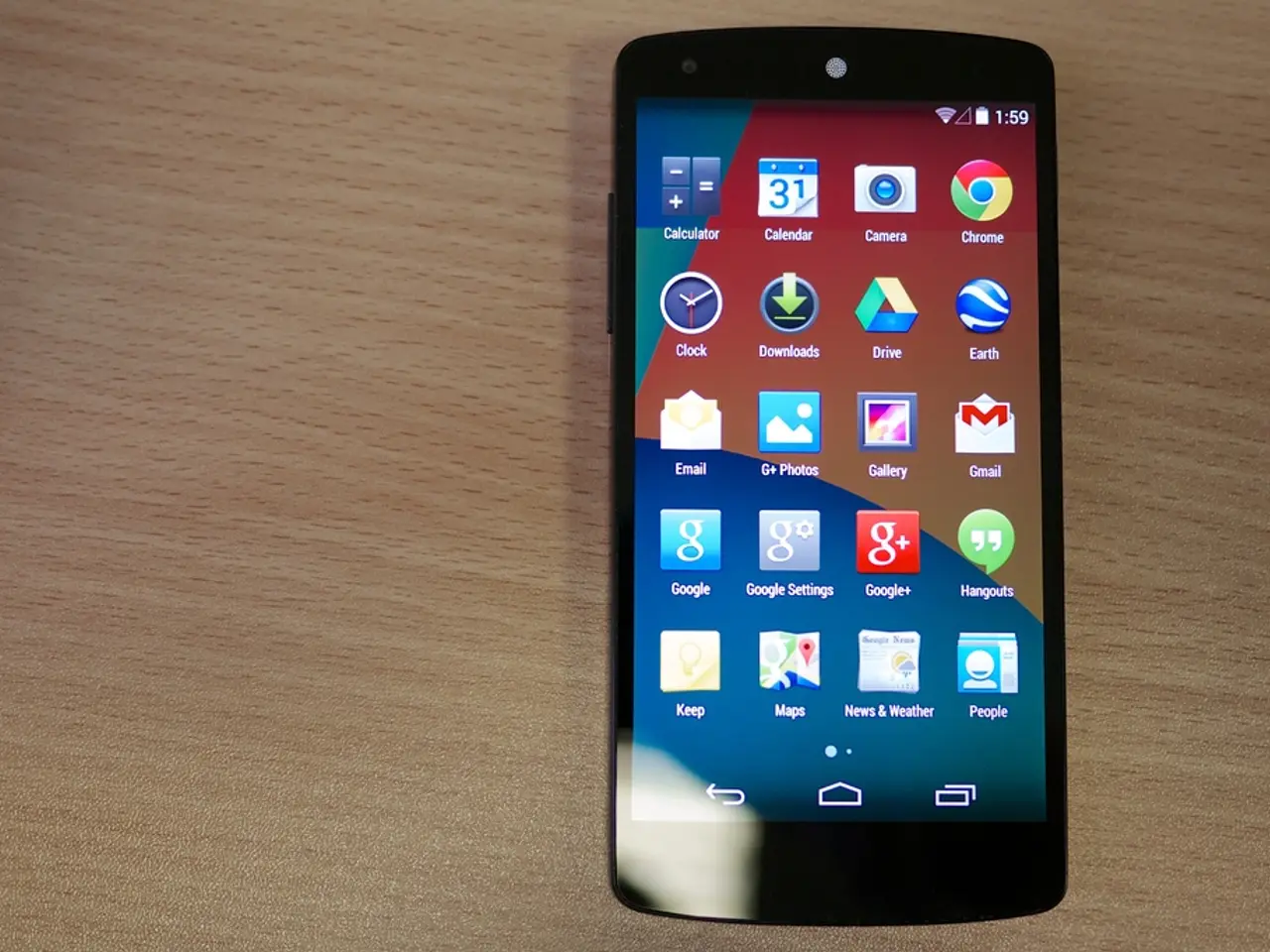Wireless Network Mobility: An Overview
In today's fast-paced world, mobility has become a crucial aspect of modern transportation scenarios. High-speed movement creates unique challenges, but also opportunities, as vehicles form mesh networks to extend connectivity, safety-critical applications demand ultra-reliable communications, and predictable movement patterns are leveraged for proactive network management.
Traditional transport protocols like TCP face challenges in mobile environments. Packet loss due to handovers being misinterpreted as congestion, the need for adaptation of transmission parameters, and connection interruptions triggering timeouts and session terminations are just a few examples.
To address these issues, network mobility allows users and devices to maintain network access while changing their point of attachment to the network. This can occur in various scenarios, such as moving between different cells in a cellular network, transitioning between wireless access points in a Wi-Fi network, or switching between entirely different network technologies.
Network mobility can be categorized into four distinct types: Terminal Mobility, Session Mobility, Service Mobility, and Personal Mobility.
As devices move, the quality of wireless signals constantly changes due to factors like distance from access points, physical obstacles, interference, and environmental factors. To combat this, AI is increasingly applied to mobility challenges, with predictive analytics for handover optimization, machine learning models for dynamic resource allocation, anomaly detection to identify connectivity issues, and behavioral analysis to anticipate user movement patterns.
In the realm of mobile networks, 5G stands out as a significant leap forward from 4G. Key differences include data speed and capacity, latency, mobility and network architecture, and reliability and connectivity.
5G offers significantly higher data speeds than 4G, with real-world average download speeds ranging from 50 Mbps up to several Gbps, compared to about 35 Mbps on 4G. Additionally, 5G supports substantially more network capacity and bandwidth across a wider frequency range, including new high-frequency millimeter wave bands (30-300 GHz), whereas 4G operates under 6 GHz frequencies.
5G drastically reduces latency to as low as 1-10 milliseconds compared to 4G’s 30-50 milliseconds. Lower latency is crucial for real-time applications such as remote control, autonomous vehicles, and interactive gaming, improving responsiveness and reliability.
Both 4G and 5G support mobility with seamless handovers as users move, but 5G introduces new technologies like 5G New Radio (NR) that optimize energy efficiency and connectivity. It also implements advanced network features such as network slicing, which allows operators to create multiple virtual networks on a single physical infrastructure tailored to different mobility and data needs.
Maintaining consistent quality of service becomes more complex with mobility, with available bandwidth fluctuating dramatically during transitions, latency spiking during handovers, jitter increasing with variable signal conditions, and applications needing to implement adaptive mechanisms.
Wi-Fi has evolved to support more dynamic scenarios through standards like IEEE 802.11r, IEEE 802.11k, and IEEE 802.11v, which collectively enable enterprise Wi-Fi deployments to support voice calls, video streaming, and other latency-sensitive applications while users move throughout a facility.
SDN architectures separate the control plane from the data plane, offering advantages for mobility management, including centralized visibility of network conditions, dynamic path optimization for mobile traffic, simplified policy enforcement across heterogeneous networks, and faster adaptation to changing connectivity patterns.
The evolution of cellular networks has demonstrated how mobility capabilities have advanced, with each generation improving handover techniques, reducing latency during transitions, and increasing the speed at which mobile devices can travel while maintaining connectivity.
Mobility introduces additional security challenges, including the need for comprehensive security frameworks that account for device movement in enterprise networks. IoT introduces diverse mobility patterns, each presenting different requirements for power consumption, connection frequency, and data throughput.
Modifications such as TCP Mobile and MPTCP (Multipath TCP) help address these issues by making transport protocols more resilient to the characteristics of mobile networks. Key protocols that facilitate mobility across networks include Mobile IP (MIP), Proxy Mobile IPv6 (PMIPv6), and Host Identity Protocol (HIP).
5G networks introduce the concept of network slicing, allowing operators to create virtual network segments with characteristics tailored to specific mobility scenarios, such as ultra-reliable slices for critical infrastructure, high-bandwidth slices for media streaming, massive IoT slices for sensor networks, and low-latency slices for industrial automation.
Edge computing architectures complement mobile networks by reducing latency, decreasing backhaul traffic, providing service continuity during connectivity disruptions, enabling context-aware applications that respond to location changes, and offering new options for supporting mobility while maintaining performance and reliability.
Mobile devices operate on limited battery power, making energy efficiency crucial in mobile solutions. The handover process transfers connectivity from one network attachment point to another, and can be classified as Hard Handover or Soft Handover.
In conclusion, the advancements in mobility, particularly in 5G networks, have revolutionised data communication, enabling faster speeds, lower latency, greater network capacity, and enhanced reliability. These improvements have opened up new possibilities for various industries, from autonomous vehicles to industrial automation, and have set the stage for a more connected and responsive future.
- In the realm of data-and-cloud-computing, AI applied to mobility challenges can optimize handovers, use dynamic resource allocation, detect connectivity issues, and anticipate user movement patterns, enhancing network performance.
- As mobility creates unique challenges for traditional transport protocols, network technologies like 5G and its advanced features, such as network slicing, improve speed, latency, mobility, and connectivity.
- 5G networks utilize technologies like 5G New Radio (NR) to optimize energy efficiency and connectivity, ensuring seamless mobility across various mobile devices and scenarios.
- The software-defined networking (SDN) architectures, by separating the control plane from the data plane, offer advantages for mobility management, like centralized visibility, dynamic path optimization, and simplified policy enforcement.
- Edge computing provides service continuity during connectivity disruptions, low latency, and location-based services, enhancing mobility support while maintaining performance and reliability.




